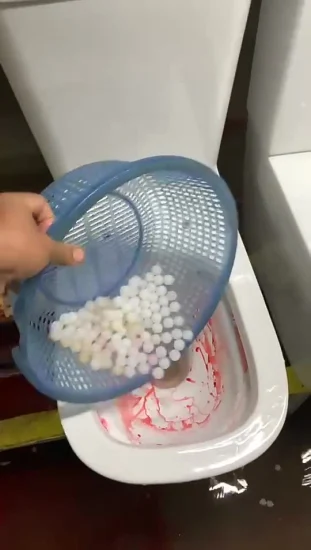Just how do you actually feel when it comes to Think Twice Before Flushing Food Down Your Toilet?

Intro
Many people are usually confronted with the predicament of what to do with food waste, especially when it comes to leftovers or scraps. One usual inquiry that develops is whether it's fine to flush food down the commode. In this post, we'll delve into the reasons that individuals could think about purging food, the consequences of doing so, and alternate approaches for appropriate disposal.
Reasons that individuals might take into consideration flushing food
Absence of understanding
Some people might not recognize the prospective injury caused by flushing food down the toilet. They might erroneously think that it's a safe practice.
Convenience
Flushing food down the bathroom might seem like a quick and very easy option to disposing of unwanted scraps, especially when there's no nearby trash bin available.
Idleness
Sometimes, people might just choose to flush food out of large negligence, without considering the consequences of their actions.
Consequences of flushing food down the toilet
Ecological effect
Food waste that ends up in rivers can add to pollution and injury marine communities. Furthermore, the water made use of to purge food can stress water sources.
Plumbing concerns
Purging food can lead to blocked pipes and drains, causing expensive plumbing fixings and inconveniences.
Kinds of food that must not be flushed
Coarse foods
Foods with fibrous textures such as celery or corn husks can get tangled in pipes and trigger blockages.
Starchy foods
Starchy foods like pasta and rice can soak up water and swell, bring about obstructions in pipelines.
Oils and fats
Greasy foods like bacon or food preparation oils ought to never be purged down the toilet as they can solidify and cause clogs.
Appropriate disposal methods for food waste
Making use of a waste disposal unit
For homes equipped with garbage disposals, food scraps can be ground up and flushed with the plumbing system. Nevertheless, not all foods appropriate for disposal in this way.
Recycling
Particular food product packaging materials can be reused, lowering waste and reducing environmental effect.
Composting
Composting is an environment-friendly means to dispose of food waste. Organic materials can be composted and made use of to improve dirt for gardening.
The significance of proper waste management
Lowering environmental damage
Proper waste administration practices, such as composting and recycling, aid decrease contamination and preserve natural resources for future generations.
Safeguarding pipes systems
By avoiding the practice of flushing food down the bathroom, homeowners can stop pricey pipes repairs and preserve the stability of their plumbing systems.
Conclusion
To conclude, while it may be tempting to purge food down the toilet for ease, it's important to comprehend the potential effects of this activity. By embracing proper waste monitoring techniques and dealing with food waste properly, individuals can add to healthier plumbing systems and a cleaner setting for all.
FLUSH FOOD DOWN THE TOILET?
FLUSHING FOOD CAN CAUSE BLOCKED DRAINS IN YOUR HOME
All of the plumbing fixtures in your home are connected to the same sewer pipe outside of your home. This outdoor sewer pipe is responsible for transporting all the wastewater from your home to the Council sewer mains. Even small pieces of food that go down the kitchen sink can cause problems for your sewer. It should therefore be obvious that flushing larger bits of food, such as meat, risks a clog in either the toilet itself or the sewer pipes. Flushing greasy food is even more problematic because oil coagulates when it cools, coating the interior lining of your pipes.
THE TOILET IS NOT A BIN
Food isn’t the only thing that people shouldn’t be flushing down the toilet. People use the toilet to dispose of all kinds of things such as tampons, makeup wipes, dental floss, kitty litter and even underwear. Water goes to great lengths to educate residents about the high costs and stress placed on wastewater treatment systems simply from people flushing the wrong stuff down the toilet. It costs taxpayers millions of dollars each year, and homeowners thousands in blocked drain repairs.
FLUSHING FOOD IS A WASTE OF WATER
Flushing food is a waste of our most precious resource - water. In June this year Level 1 water restrictions were introduced to protect water supply from drought conditions. Much of New South Wales continues to be affected by prolonged drought with recent figures revealing up to 97 per cent of the state remains in drought. Depending on whether you have a single or dual flush toilet, every single flush uses between five and 11 litres of water. In the current climate this is a huge amount of water to be wasting on flushing food that should be placed in the bin (or better yet, the compost).
https://www.jabplumbingsolutions.com.au/blog/can-you-flush-food-down-the-toilet

As a devoted reader about Is it safe to flush food (especially rice) down the toilet?, I thought sharing that piece of content was sensible. Please take a moment to promote this blog post if you appreciated it. Thank you for your time. Come back soon.
Contact Us Now
Comments on “Is it Sensible to Dispose of Food in the Toilet?”